Figures & data
Figure 1. The analytical f(t) and its approximation when there is no regularization method for Example 1.

Figure 2. The GCV function obtained for various levels of noise added into the measured data, namely ,
and
, with
,
,
for Example 1.
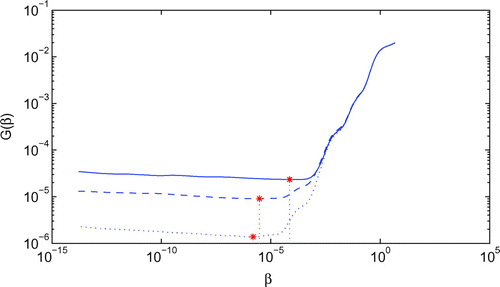
Figure 3. The analytical f(t) and its approximation with
,
,
, and various levels of noise added into the measured data, namely
,
and
for Example 1.
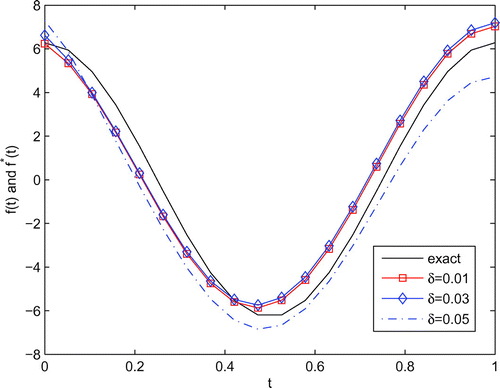
Figure 4. The analytical f(t) and its approximation with
,
,
for fractional MFS (
) and
,
for classical MFS when level of noise added into the measured data
for Example 1.
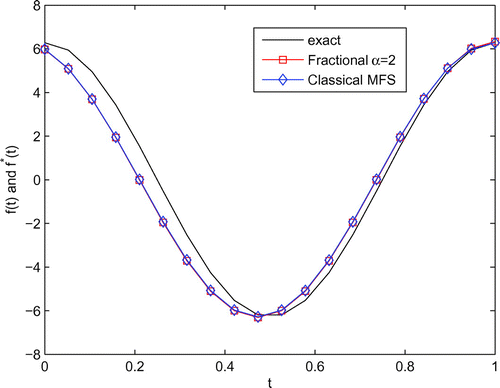
Figure 5. (a) The RMSE(f) and RRMSE(f) of the numerical solutions for Example 1 with ,
,
,
and
with respect to the fractional order
; (b) The RMSE(u) and RRMSE(u) of the numerical solutions for Example 1 with
,
,
,
and
with respect to the fractional order
; (c) The condition number cond(A) of A with
,
,
and
with respect to the fractional order
.
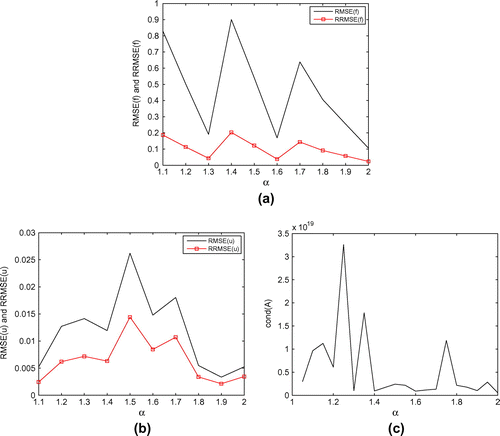
Figure 6. (a) The RMSE(u) and RRMSE(u) of the numerical solutions for Example 1 with ,
,
with respect to the parameter T; (b) The RMSE(u) and RRMSE(u) of the numerical solutions for Example 1 with
,
,
with respect to the parameter X.
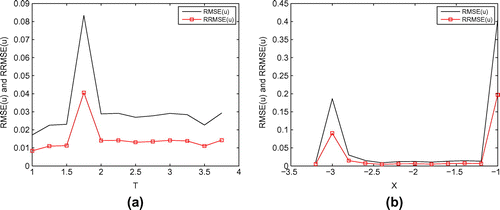
Figure 7. (a) The RMSE(f) and RRMSE(f) of the numerical solutions for Example 1 with ,
,
with respect to the parameter T; (b) The RMSE(f) and RRMSE(f) of the numerical solutions for Example 1 with
,
,
with respect to the parameter X.
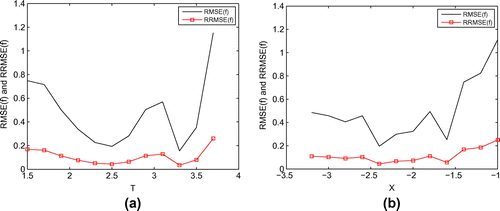
Figure 8. (a) The analytical f(t) and its approximation with
,
,
, and various levels of noise added into the measured data, namely
,
and
for Example 2; (b) The analytical f(t) and its approximation
with
,
,
, and various levels of noise added into the measured data,namely
,
and
for Example 2.
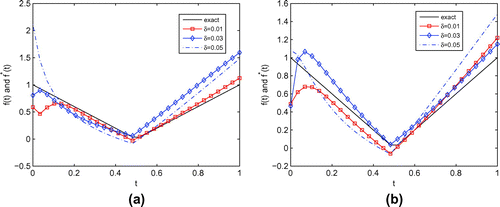
Figure 9. The GCV function obtained for various levels of noise added into the measured data, namely ,
and
, with
,
,
for Example 2.
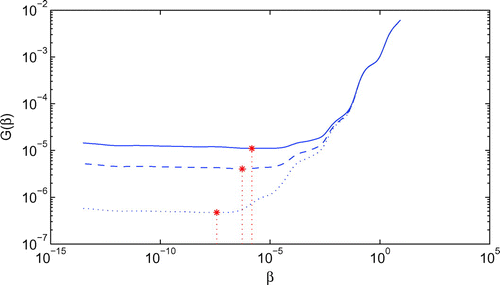
Figure 10. (a) The accuracy of the numerical solutions for Example 2 with and
with respect to the parameter n; (b) The accuracy of the numerical solutions for Example 2 with
,
,
with respect to the parameter T; (c) The accuracy of the numerical solutions for Example 2 with
,
,
with respect to the parameter X.
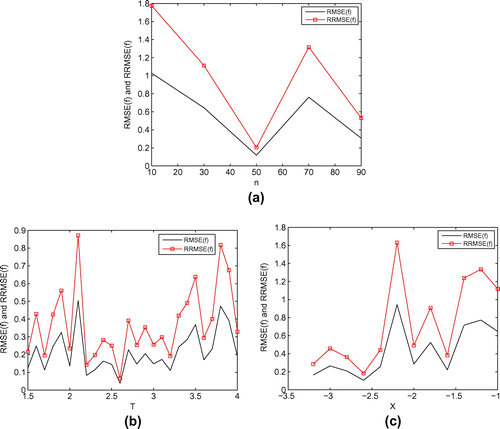
Table 1. The values of cond(A), RMSE(u), RRMSE(u), RMSE(f), RRMSE(f) for various values of X in Example 1, ,
.
Table 2. The values of cond(A), RMSE(u), RRMSE(u), RMSE(f), RRMSE(f) for various values of T in Example 1, ,
.
Table 3. The values of RRMSE(f) for various values of and
in Example 1,
,
.
